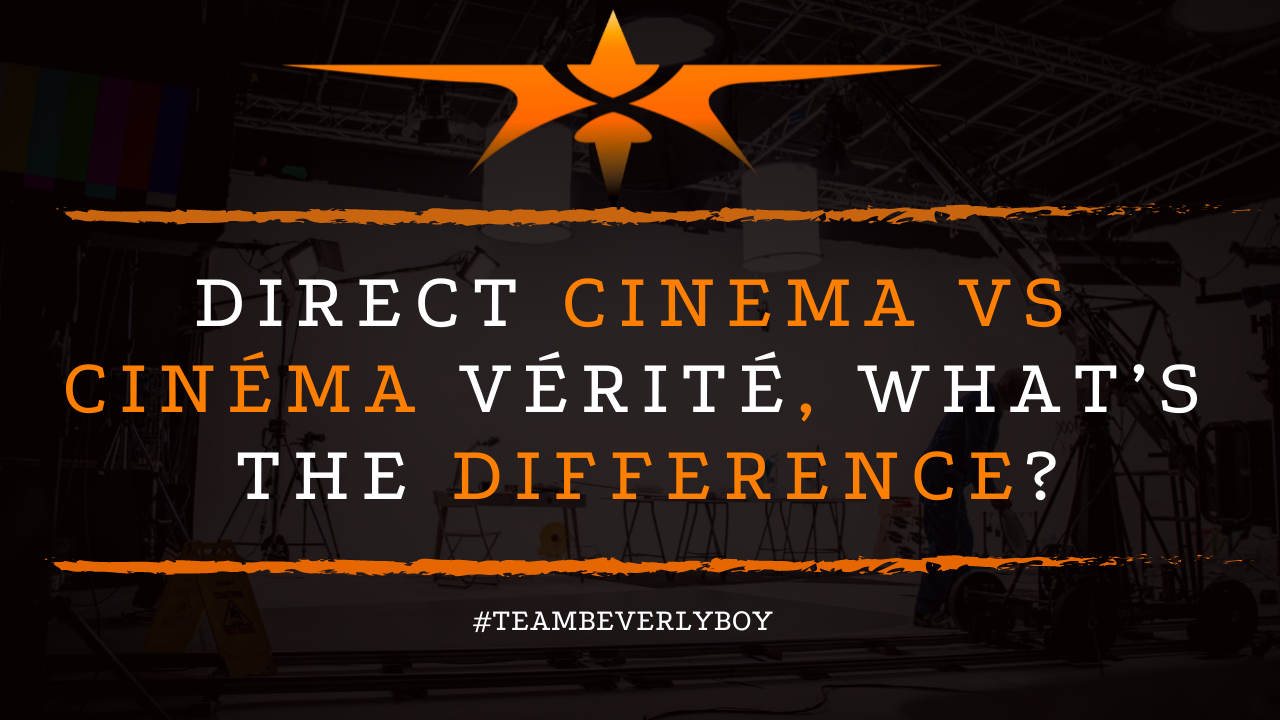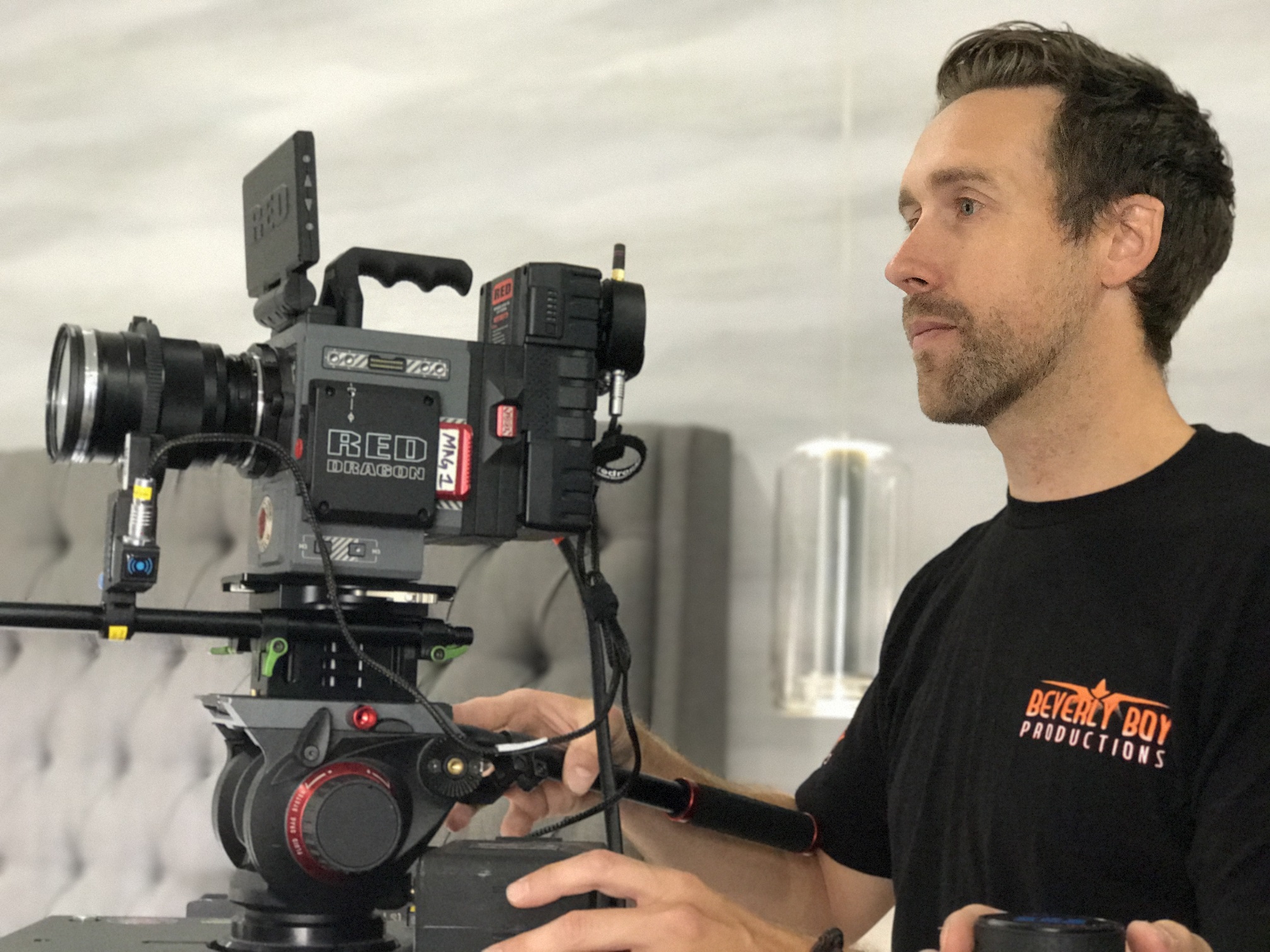
Direct Cinema vs Cinéma Vérité, What’s the Difference?
When it comes to documentary style filmmaking, there are two very common techniques which frequently come to mind in the production process: Direct Cinema vs Cinéma Vérité. If you’re wondering what the difference in these two techniques is, and when it’s best to use one over the other, you’re certainly not alone. We’re breaking down some of the key details regarding direct cinema vs cinéma vérité and when it’s best to use one technique over the other.
What is Direct Cinema?

Direct cinema is primarily used in observance as a means of capturing a subject without any bias or opinion involved. You might find this useful in documenting the true exhibits of your subject and in delivering an entertaining and timeless experience for your audience. Direct Cinema essentially captures your subject through a natural lens.
With direct cinema, documentary filmmaking takes a similar approach to Cinéma Vérité in North America. Techniques and equipment that are used focus largely on keeping things simple, and instead the filmmaker really favors simple shooting tactics and techniques rather than complex use of equipment. Direct cinema makes budget friendly production possible, as it strips crews down to bare essentials for production and makes the camera lens as unnoticeable as possible.
The idea behind Direct Cinema is to film in a way in which the subject appears not to recognize the presence of the camera. The audience should feel as if they are seeing things exactly as they would play out if there were, or were not, a camera involved. It’s natural, everyday life without the provocation of events or outcomes.
What is Cinéma Vérité?
Cinéma Vérité is a French term that essentially translates to “film truth.” It represents a form of documentary filmmaking in which various techniques, including improvising and essential natural production tactics, are used to create an authentic motion picture that seeks to deliver a story with real-life authenticity.
When Cinéma Vérité is used, some filmmakers will refer to the term “fly-in-the-soup” because they essentially insert themselves into a particular process in order to produce a film that uses realism and other tactics to deliver a close, personal, and realistic approach to a particular process, subject or story.
You might recognize this technique from past sitcoms or motion pictures including:
- District 9
- Cloverfield
- REC

Direct Cinema vs Cinéma Vérité Similarities
Direct Cinema and Cinéma Vérité have many similarities in common. They both tend to represent a handheld style of cinematography that is common in documentary filmmaking. They both represent the use of a real life exhibit of the subjects in which the audience can feel how the story is unfolding right in front of them. They both use a form of editing that evokes the use of visual metaphors in order to achieve the desired connections between what is viewed and what the audience perceives.
In fact, if you’re trying to decide between Direct Cinema vs Cinéma Vérité for your documentary filmmaking, you’re probably going to find that the similarities make it relatively challenging to interpret whether one is specifically “better” than the other. Both techniques are ideal for documentary filmmaking, although the most appropriate technique is going to largely depend on your own needs and what you wish the outcome of your documentary to be for your audience.
Do you want your audience to come to a similar conclusion as that which you have about a subject? Do you wish that they could see a truth that you have seen? If so, you’re probably going to be more convincing with Cinéma Vérité as opposed to direct cinema. However, there are instances in which this may not necessarily be true.
Differences in Direct Cinema vs Cinéma Vérité
When it comes to establishing the primary differences in Direct Cinema vs Cinéma Vérité it’s important to consider the fact that the primary distinction between the two is that cinema verite is the direct result of what unfolds on camera due to what the filmmaker asks whereas direct cinema is the result of an attempt at capturing life as it is without a camera present.
Directors do not interfere when possible in the production of a direct cinematic film. However, with cinema verite the director will ask a particular question or otherwise influence the trajectory of the film in some capacity. These are the key differences in the two.
Choosing Direct Cinema vs Cinéma Vérité
Choose direct cinema if you’re looking to deliver a natural appearance of your subject and do not wish to create bias or to draw attention to a particular opinion on the subject. Likewise, if you’re interested in offering your opinion and in helping the audience to find their way to a particular “truth” that you’re essentially coaxing out, you’re going to use Cinéma Vérité.
When it comes to choosing between Direct Cinema vs Cinéma Vérité, it’s important to consider what you want the outcome of your documentary to be and what you wish your audience to see or to gain from the experience. Do you want your audience to formulate an opinion that is similar to yours? Are you hoping to coax out the “truth” that your audience can see if they would have just dug a little deeper? If so, this is a great task for Cinéma Vérité, but if not, if you’re aiming for pure subject entertainment without any bias, you’re going to focus more on a direct cinematic approach.


